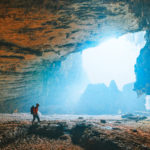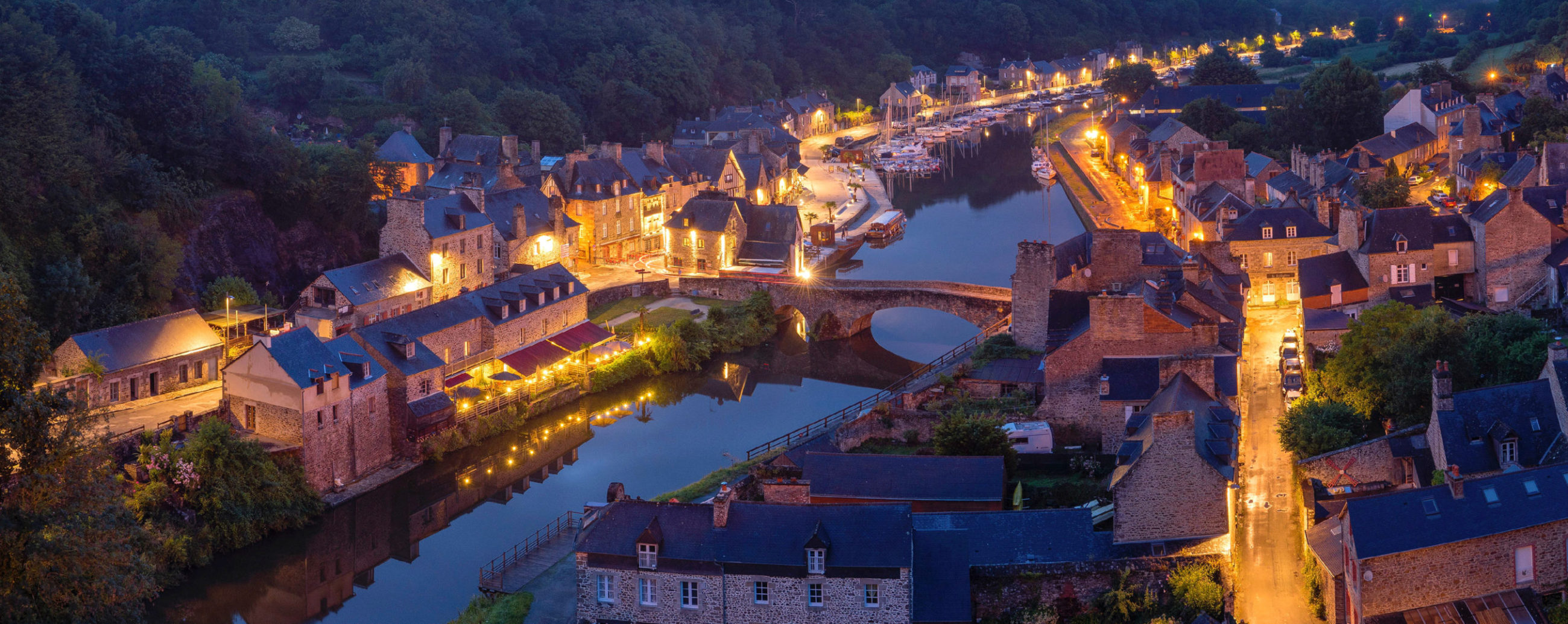Of the 1073 places around the world that the United Nations has deemed worthy of being recognized as UNESCO World Heritage Sites and preserved for future generations because of their cultural or physical significance, 112 are located in and around the continent of North America: 69 natural, 40 natural, and 3 mixed, ranging from whaling station ruins in Labrador to the 1400 km epic Silver Route from Mexico City to Texas.
So out of that vast array of places, what should be on your bucket list first? Here are our six top choices for your World Heritage odyssey, from north to south:
1. Ilulissat Icefjord, Greenland
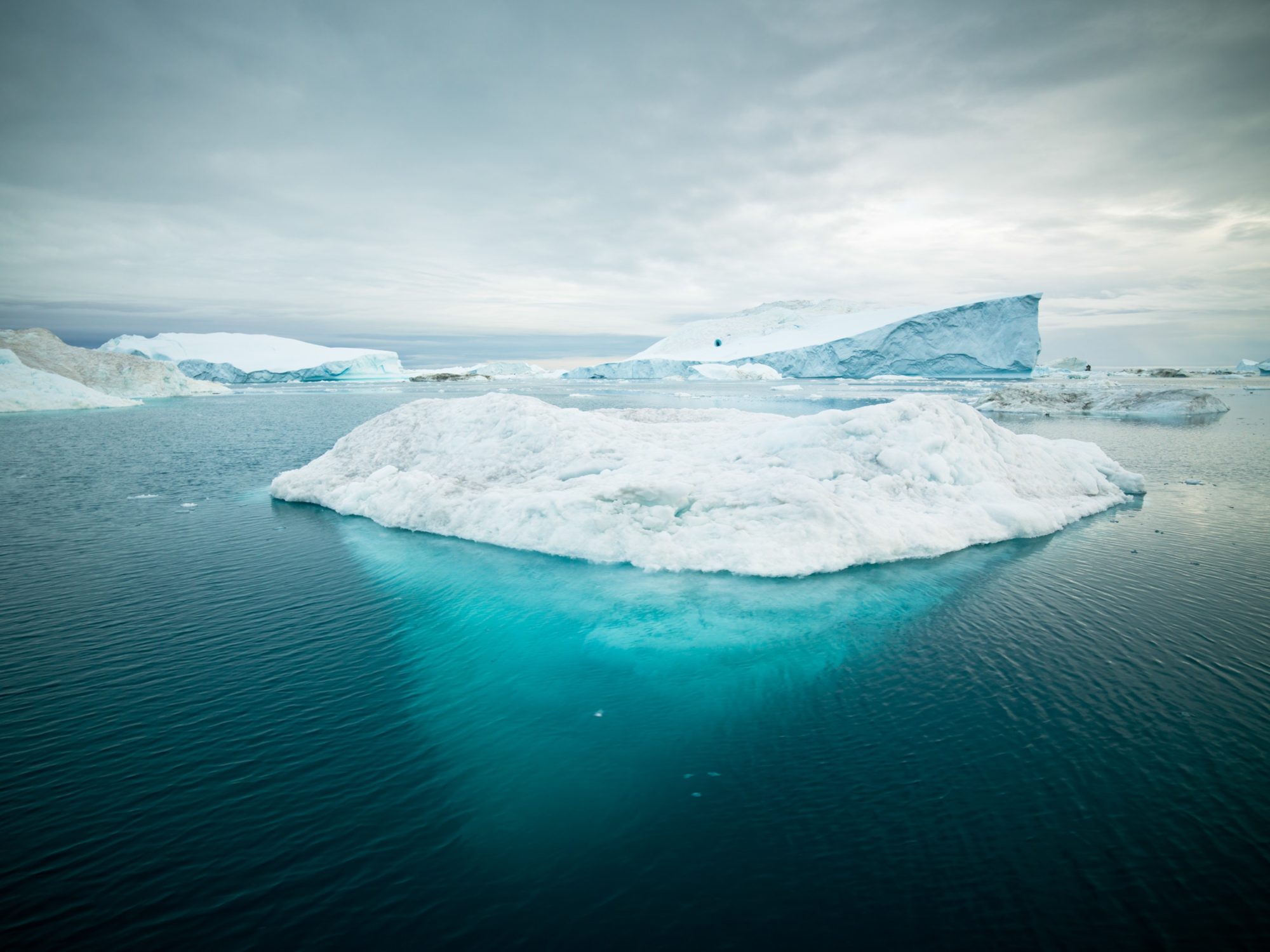
Only by going to Antarctica is it possible to see larger scale glaciers calving into the ocean than you’ll see at the Ilulissat Icefjord site, where the Sermeq Kujalleq glacier meets the Arctic Ocean. This glacier is replete with superlatives:
- Fastest glacier in the world, moving around 40 meters every day
- Calves around 46 cubic kilometers of ice every year, more than the annual consumption of water in the USA
- Produces 10% of all the icebergs in Greenland, up to 1.5 cubic kilometers — the size of 30 football fields covered by ice as high as Mount Everest
Whether you hike along the fjord and watch the endless procession of white mountains grinding their way out to sea, or sail amongst them and have your boat rocked alarmingly from nearly a kilometer away every time a new monster berg hits the ocean, or take a helicopter flightseeing tour over the apparently endless expanse of this monstrous river of ice … vistas just don’t get much more epic than this.
And for ethereal beauty, take a sunset cruise; the colors over the water and through the ice are unforgettable — that’s a guarantee! What’s not guaranteed is a chance to see the Aurora Borealis dancing in the heavens, although if you go from January through March you have the best chance of seeing them, it’s reputed; although it is very cold in Greenland in January!
Ilulissat lies 250 kilometers north of the Arctic Circle on Greenland’s west coast; there are expedition cruises that stop by, but the usual way to get there is flying from Iceland’s Reykjavík Airport.
2. Historic District of Old Québec, Canada

The closest that you’ll get to visiting Old Europe while staying in North America is Ville de Québec (Québec City), the cradle of French civilization in North America and the only fortified city north of Mexico; it’s cobblestoned streets rising from Basse-Ville (Lower Town) along the St. Lawrence to the monumental constructions of Haute-Ville (Upper Town) make up the Historic District of Old Québec site.
The iconic structure of Vieux Québec — and allegedly the most photographed hotel in the world — is the Château Frontenac, dominating the skyline from its perch atop Cap Diamant the headlands on which Upper Town is built. There are 37 National Historic Sites all over the place, but not that often do you have the chance to stay in one, especially not one this emblematic!
Besides the Château, there are 36 other National Historic Sites in the neighborhood; the three generally acclaimed must-sees are the Citadelle de Québec, the Fortifications of Québec and the Notre-Dame de Québec Basilica-Cathedral. However, the attractions of Québec City are not simply historical; many come for the various festivals throughout the year — the Carnaval de Québec (Quebec Winter Carnival) is one of the world’s leading winter festivities, with everything from snow sculpture competitions to ice canoe racing — or to simply enjoy the Olde Europe ambiance of cobblestones, cafés, street entertainers and shopping.
Québec City is easily reached by land, air (via Toronto or Montréal most likely), and sea; it’s a popular endpoint for cruises from Boston and New York in particular.
3. Yellowstone National Park, USA
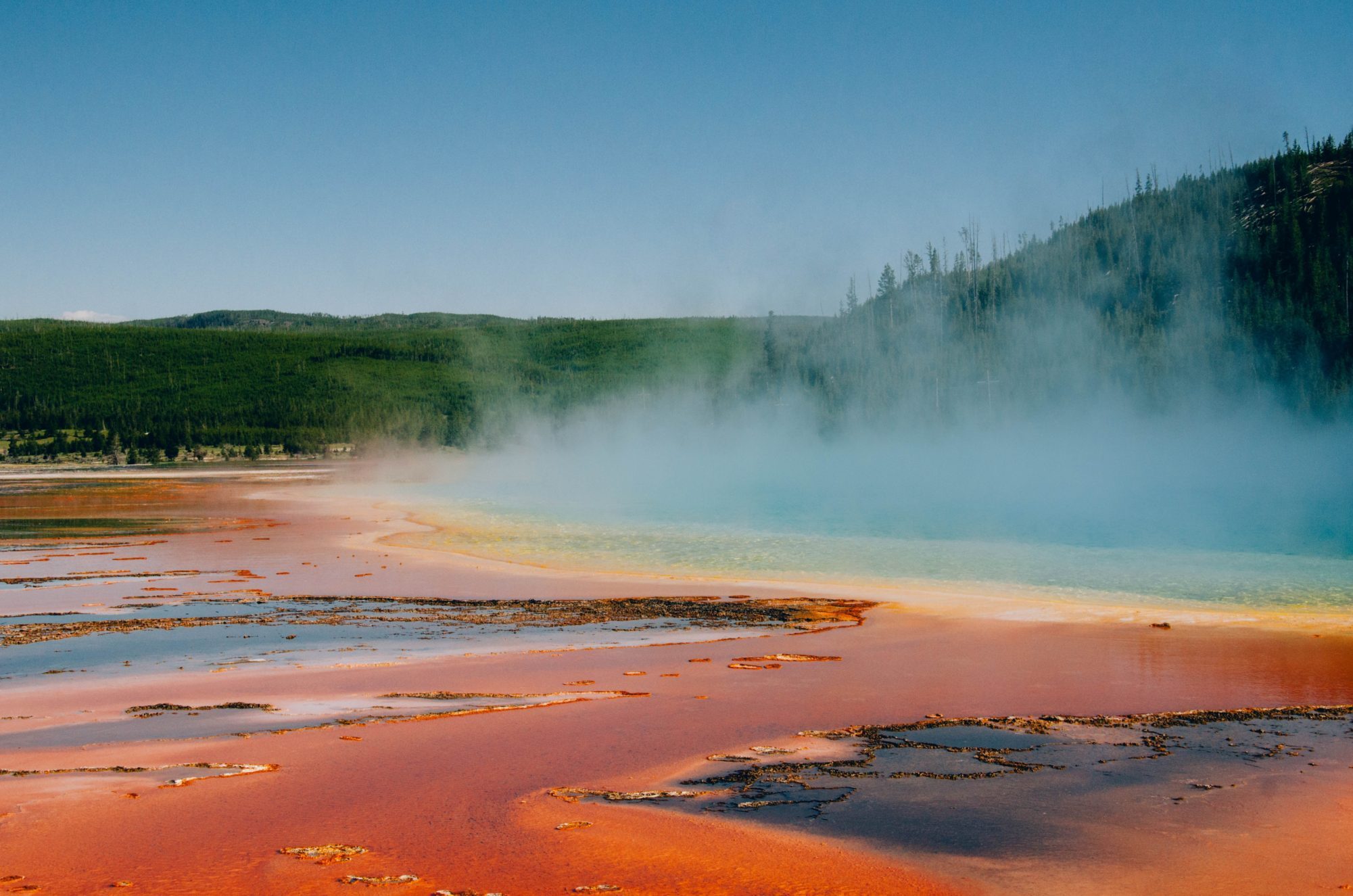

North America is endowed with dozens of national parks of natural wonder that are also World Heritage Sites, just within the continental United States you have the world’s tallest trees in California to the spectacular Grand Canyon to the world’s largest cave complex in Kentucky to the sub-tropical wilderness of the Everglades; but for uniqueness plus historical and future significance, we give our nod to Yellowstone National Park of Wyoming (and nibbles of Montana and Idaho) for a place on our Top Six List:
- The United States’, and arguably the world’s first, national park, established in 1872
- The largest protected northern temperate natural ecosystem, refuge for emblematic wildlife like bison and grizzly bears
- Over 300 geysers, two-thirds of all known geysers in the world
- Over 10,000 geothermal features — half of all known worldwide
- Lies atop the Yellowstone Caldera, arguably the most dangerous supervolcano in the world after Lake Toba in Indonesia
That last one makes it particularly notable for its future as well as historical significance, a rarity on heritage lists: not many — in fact, no other — World Heritage Sites are fairly certain to devastate the continent they’re part of in the foreseeable — if hopefully remote — future, as explored in science fiction author Harry Turtledove’s Supervolcano series!
Unsurprisingly, Yellowstone is one of the most visited national parks with over 4 million visitors a year; June to September are the peak seasons. Personally, we recommend visiting in late April through the beginning of June — there’ll still be parts of it closed with snowfall, but that is your best season for seeing grizzly bears with their cubs and bison, elk, and antelope calves, and there won’t be the crushing crowds of summer. And we can assure you, there are not many cuter things to watch than a couple grizzly cubs gamboling in the spring sunshine.
Yellowstone can be driven into from all directions, but the generally recommended approach is to fly into Jackson Hole, Wyoming as your gateway to Grand Teton National Park as well as Yellowstone.
4. Pre-Hispanic City of Teotihuacán, Mexico
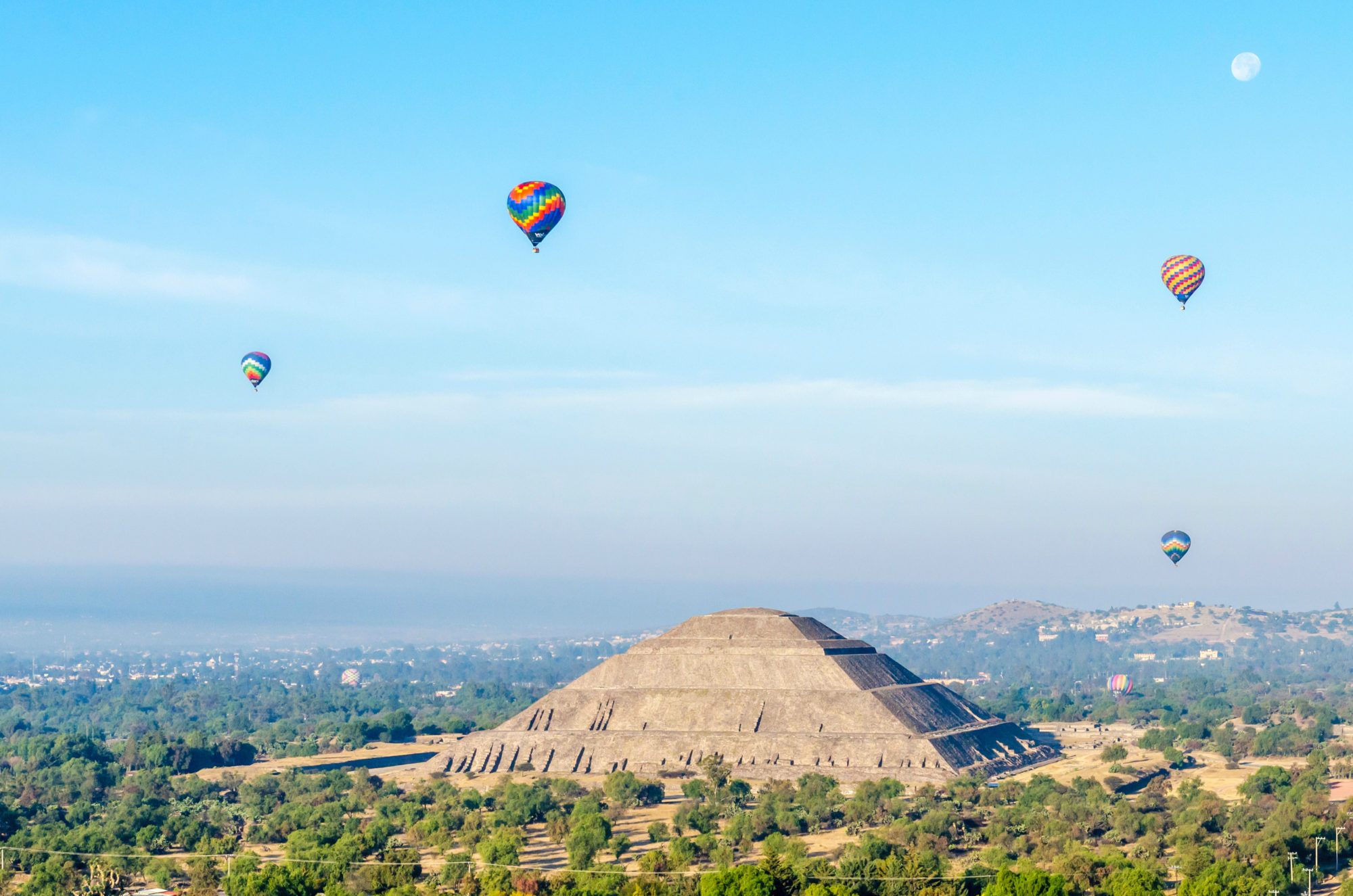

Contrary to the general thoughts of pyramids being associated with Egypt, there are in fact more pyramids in the Americas than in the rest of the world; and our choice for the most impressive and mysterious — in fact, an alternative name for it is ‘City of Mystery’ — is Teotihuacán, the largest, most influential, and most revered city of the pre-Columbian Americas, which influenced all later cultures and is today the most visited ancient site in Mexico.
The mystery starts with what the name of the place actually is: Teotihuacán is its name in Nahuatl, the Aztec language, which means roughly birthplace of the gods or perhaps the place where men became gods — the Aztecs discovered it when it was already in ruins, and for unclear reasons decided that it was the place of the origin of civilization. What the original inhabitants called it and what language they spoke is completely unknown; it’s debated whether the extensive pictographs found there is a writing system at all, which is even stranger considering that the literate cultures of the Maya and Zapotec are known to have had diplomatic relations with it.
Likewise, the two commanding pyramids at the site are named the Pyramids of the Sun and Moon; they were given those names by the Aztecs, and we have no idea what their builders named them; as mentioned above, the Aztecs believed this was where the current cycle of the universe began; the Spanish recorded Montezuma making pilgrimages to the site, believing it the home of “wise men, knowers of occult things, possessors of the traditions” and that the pyramids were tombs built by giants in the distant past.
And that’s not the end of the mysteries that fuel wild theories about the builders, either; one thing you can see for yourself in aerial photographs that is very odd indeed is that on the Giza Plateau, at Xi’an in China, and also at Teotihuacán, you have an arrangement of two large pyramids along the main axis and a smaller one off to the left, in proportions that strongly resemble the arrangement of the three stars in Orion’s Belt. Strange, indeed. But even without the shroud of mystery surrounding it, Teotihuacán’s influence on the Zapotecs, Maya, Toltecs, and Aztecs ensure it a place on our list.
Teotihuacán is 40 km northeast of Mexico City; it’s easily reached by car or bus or you can take a great variety of day tours, up to a hot air balloon flight over the site.
5. Tikal National Park, Guatemala
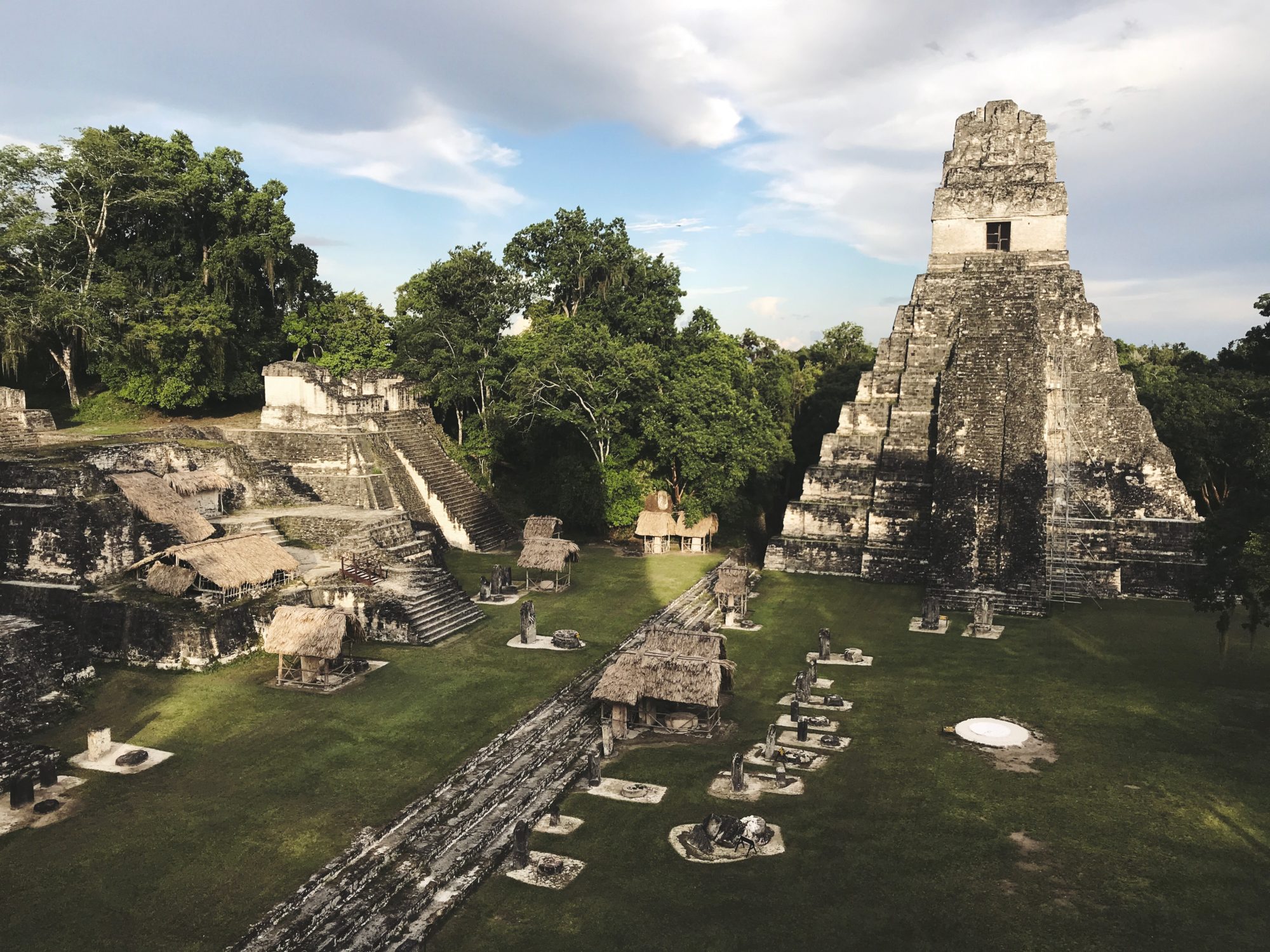

A list of this sort must have a Classical Mayan site on it … but which? Chichen-Itza? Palenque? Uxmal? Copán? Calakmul? You could argue their relative merits of architectural and cultural value endlessly, but what we decided for this list is to pick the one Mayan site that the most people in the world by far have seen on the movie screen, as it was the location of Yavin IV, the Rebel base in Star Wars: Tikal National Park in Guatemala.
Also, Tikal is one of the few World Heritage Sites to be inscribed for both its cultural and natural value; the 5 million acre Maya Forest Biosphere Reserve is located in the largest tropical forest north of the Amazon and generally considered one of the world’s foremost examples of balancing sustainable development and forest management; the cleared parts of the site are scattered throughout the jungle, so you have miles of hiking trails and even two zip lines, one with 11 platforms.
Tikal is the largest excavated site in the continent by area, with five major pyramids to visit, the tallest of which is over 70 meters high; so while you can do those five must-sees in a day trip, we recommend overnighting nearby so that you can catch the sunset over the jungle from the temple tops and then be back in the morning to catch the sunrise burning off the fog as the howler monkeys greet it with their arresting howls.
Tikal is in northern Guatemala; the nearest major airports are Belize City to the east and Guatemala City to the south, from which you can take land tours or fly to the airport at nearby Flores.
6. Cocos Island National Park, Costa Rica


Most World Heritage Sites are on land, but the 70% of the planet that is ocean has its sites too: the Archipiélago de Revillagigedo and Belize Barrier Reef are other examples, but our choice for the must-visit scuba adventure World Heritage Site in North America — in the world, actually — is Costa Rica’s Cocos Island National Park, 530 km out in the Pacific and spectacular enough to make the list of Jacque Cousteau’s top ten dive spots.
The outstanding attraction of Cocos Island is that it’s the first landmark the North Equatorial Countercurrent meets and is a confluence point for other major currents, so it’s one of the best places in the world to see large pelagic (open ocean living) species, especially hundreds-strong congregations of scalloped hammerhead sharks, but also whitetip, blacktip, silvertip, and tiger sharks, not to mention the occasional whale shark.
If you ever get tired of hundreds of schooling sharks to swim with, there are swarms of eagle rays, manta rays, marlin, sailfish, tuna, endless schools of fish, and mammals such as dolphins and even humpback whales.
Even if you’re not a scuba diver, you can still experience the deeps at Cocos; the DeepSee Submersible will take you 80 meters down at the Everest site or up to 400 meters down The Wall. For a price, but in return for a well-nigh priceless experience!
To get to Cocos Island, you’ll fly into San José, Costa Rica, and then transfer to the port town of Puntarenas and a liveaboard diving boat.
So there are our choices for the top six World Heritage Sites to visit in North America; if this has whetted your appetite for more, come follow along with us at Every World Heritage Site, where we’re working our way through not just the 1073 currently inscribed WHS, but the 1696 on the Tentative Lists for future inscriptions as well!
Suggested next reading: I Went To North Korea: Here’s What Happened
